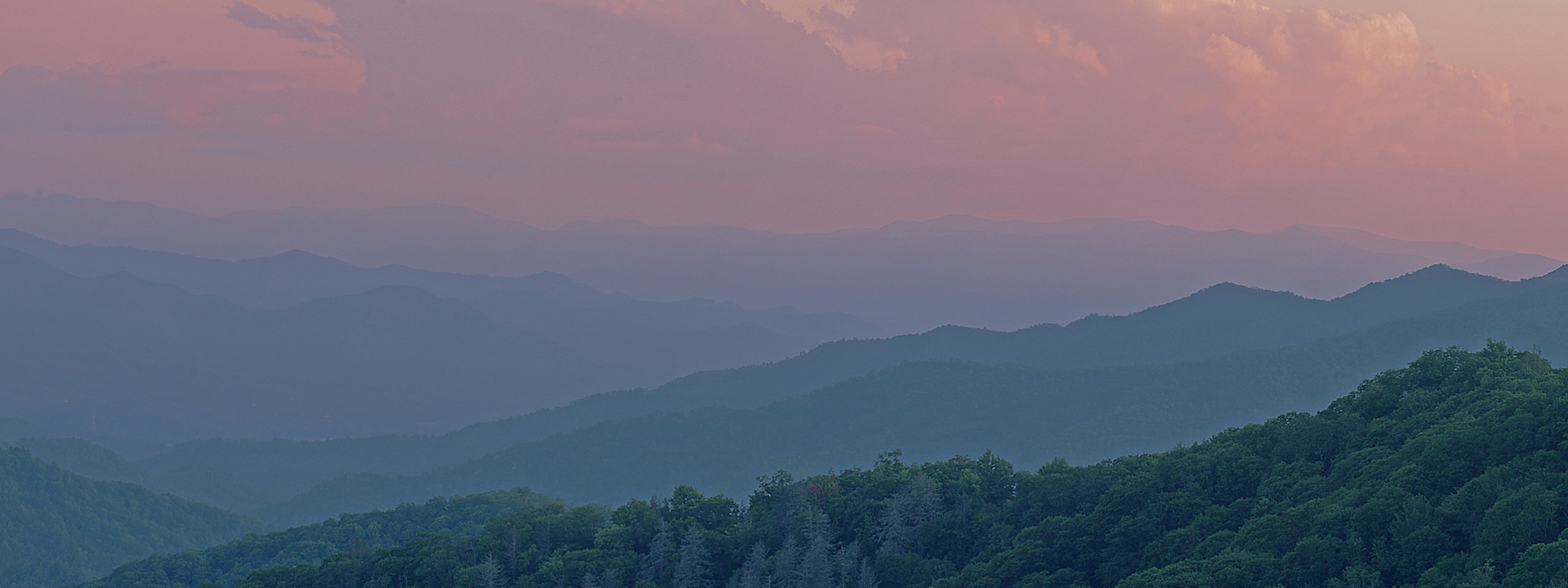
Stars have a finite life, eventually they will end. A massive star goes from star to red supergiant, followed by a supernova. In a supernova ~75% of the star’s mass is ejected into space. Depending on the mass left over it will collapse into either a neutron star or a black hole.
A star similar to our sun is an intermediate star. It will not go from red giant to supernova. In its place, when the helium in the core is gone, it will shed most of its mass forming a cloud of material known as a planetary nebula. The core will cool and shrink, creating a white dwarf.

The first planetary nebula was discovered in 1764 by Charles Messier. Although they have no relation to planets, they received their name due to the English astronomer William Herschel who described these nebulae as resembling planets.
Sitting in the constellation Vulpecula is M27, the first planetary nebula discovered. Known as the Dumbbell Nebula or the Apple Core Nebula, M27 is the second brightest planetary nebula in the sky. The nickname Dumbbell comes from English astronomer John Herschel, who compared the shape of the nebula to that of a dumbbell in 1828.

M27 is approximately 1,300 light years away. In clear skies it should be visible in binoculars and small telescopes. I first imaged M27 in October 2019. It is in a region with many stars and can be difficult to edit in a way that allows the nebula to stand out. At the time I was able to create the image below.

The latest image is from photos I took in April 2020. Total exposure time was a little over 16.5 hours. With this much time I was able to pull out some of the faint cloud surrounding the nebula. I used a monochrome camera with narrow band filters; Sulfur II, Hydrogen-alpha, and Oxygen III. With narrow band filters I need to expose longer than I do with RGB. When I use RGB filters my exposures typically range from 60s to 2 minutes, for this target my narrow band exposures were 5 minutes each. I used a SkyWatcher EQ6r-Pro mount to track follow the rotation of the earth and a ZWO ASI1600mm-Pro monochrome camera attached to a Canon 500mm f/4 camera lens.
This time of year the target is not up high enough to photograph until about 2 in the morning. I automated the capture using KStars/Ekos scheduling function to control a Raspberry Pi running Stellarmate OS at the mount. Additional dark, flat, and dark-flat calibration frames were used. Final stacking and editing was done using PixInsight software. I will be doing more on this target in the future, but I am done for now on this image. I am anxious to see how it changes as I gain more experience in the future.
- SII: 57 images, 4.75 hours
- Ha: 65 images, 5.4 hours
- OIII: 78 images, 6.5 hours

ZWO ASI1600mm-Pro, Canon 500mm f/4 IS L II
SII – 4.75 hours, Ha – 5.4 hours, OIII – 6.5 hours



